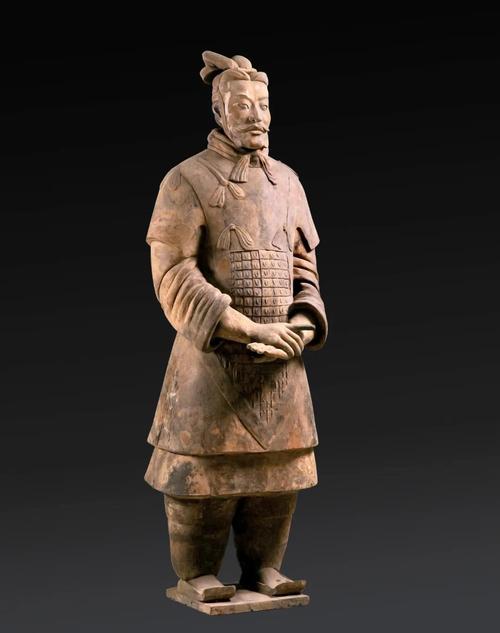
Who Owns the Terracotta Army?
The Terracotta Army, a magnificent collection of life-sized terracotta sculptures depicting the armies of Qin Shi Huang, the first Emperor of China, stands as a testament to ancient craftsmanship and military might. However, a question often arises: who owns this remarkable historical treasure?
The Discovery and Location of the Terracotta Army
Discovered in 1974 by farmers digging a well near Xi'an, China, the Terracotta Army resides within the Mausoleum of the First Qin Emperor. This sprawling necropolis, covering an area of over 50 square kilometers, is recognized as a UNESCO World Heritage Site. The intricate network of pits containing the terracotta figures, weapons, chariots, and horses lies approximately 1.5 kilometers east of the emperor's tomb mound.
Legal Ownership and Guardianship
Legally, the Terracotta Army falls under the ownership and protection of the Chinese government. This ownership is based on the principles of national heritage and cultural property protection enshrined in Chinese law. The State Administration of Cultural Heritage, a governmental body, holds ultimate responsibility for the preservation, management, and exhibition of the Terracotta Army.
The Role of the Museum and Local Authorities
The day-to-day management and operation of the Terracotta Army Museum, established at the site of the discovery, fall under the purview of the Shaanxi Provincial Cultural Relics Bureau and the Xi'an Municipal Government. These authorities collaborate to ensure the site's accessibility to visitors, facilitate ongoing archaeological research and conservation efforts, and promote the historical significance of the Terracotta Army.
The Legacy and Cultural Significance
Beyond legal ownership, the Terracotta Army holds profound cultural and historical significance for the Chinese people. It symbolizes the unification of China under Emperor Qin Shi Huang, the grandeur of his reign, and the advanced artistic and military capabilities of the Qin Dynasty. This legacy transcends legal frameworks, imbuing the Terracotta Army with a sense of shared ownership among the Chinese people as a symbol of their national identity.
Final Conclusion: The Real Owner of the Terracotta Army is Emperor Qin Shi Huang
While legal ownership rests with the Chinese government, it can be argued that the true owner of the Terracotta Army is Emperor Qin Shi Huang himself. Commissioned by the emperor as a grand funerary project to protect him in the afterlife, the army stands as a direct reflection of his ambitions, beliefs, and legacy. The intricate details, lifelike representations, and sheer scale of the Terracotta Army serve as an eternal monument to the First Emperor's reign and his indelible mark on Chinese history.
Q&A
Q: Can pieces of the Terracotta Army be privately owned?
A: No, private ownership of Terracotta Army artifacts is strictly prohibited. Any artifacts found within the designated archaeological zone are considered national treasures and belong to the Chinese government.
Q: How is the Terracotta Army being preserved for future generations?
A: Extensive conservation efforts are underway to protect the Terracotta Army from environmental factors and deterioration. These efforts include controlled humidity and temperature within the pits, specialized cleaning techniques, and ongoing research into preservation methods.
Q: What is the significance of the Terracotta Army in understanding ancient China?
A: The Terracotta Army offers invaluable insights into ancient Chinese military organization, weaponry, armor, and artistic techniques. It provides a unique glimpse into the cultural practices, beliefs, and social structure of the Qin Dynasty, significantly contributing to our understanding of this pivotal period in Chinese history.
note: This return of all, without the author's permission, may not be reproduced